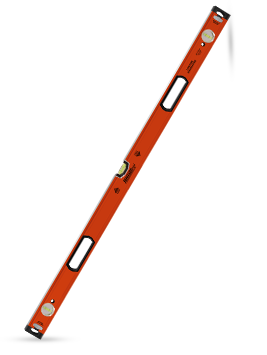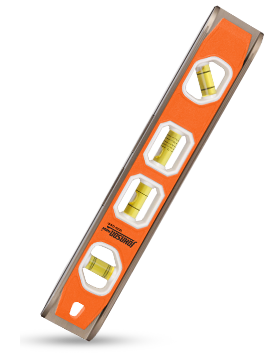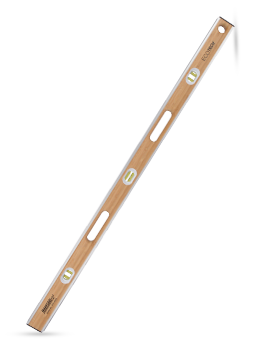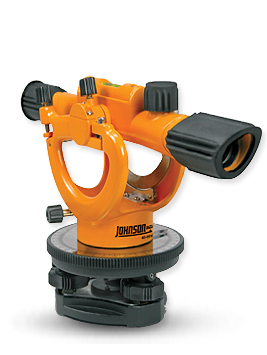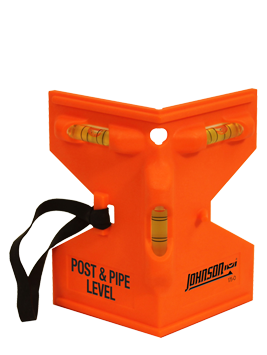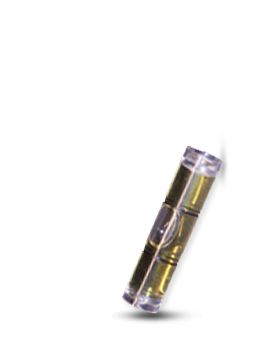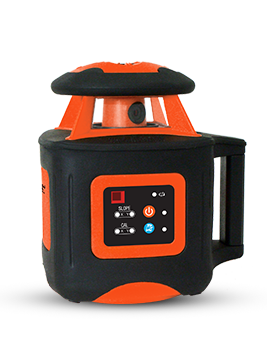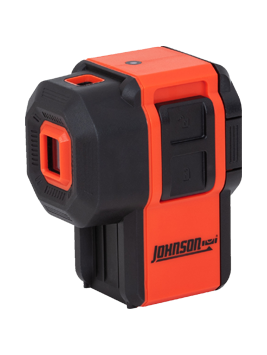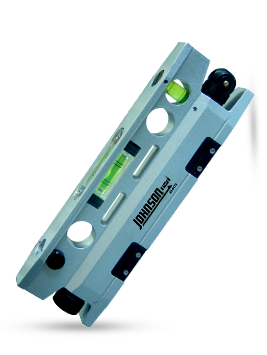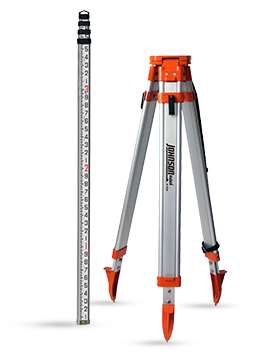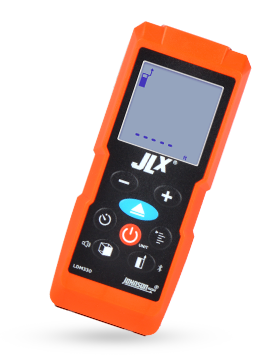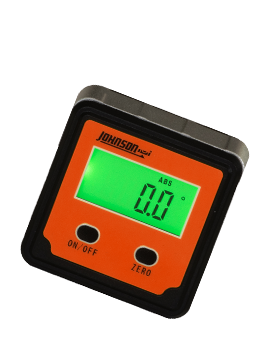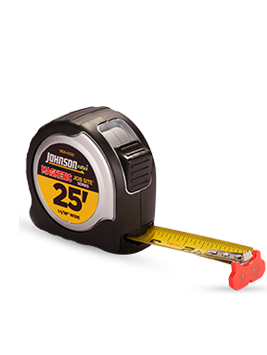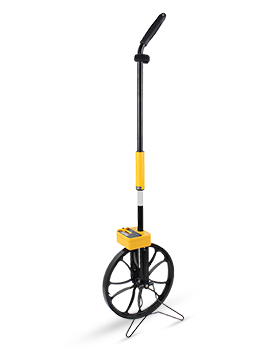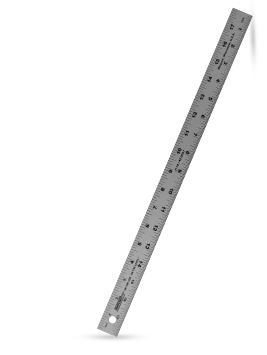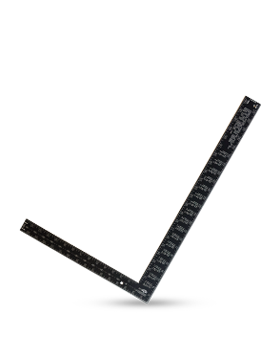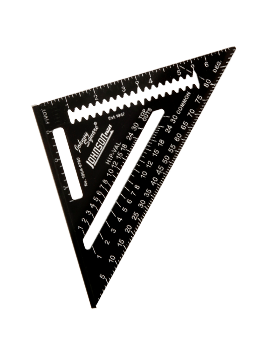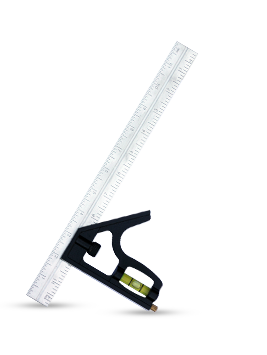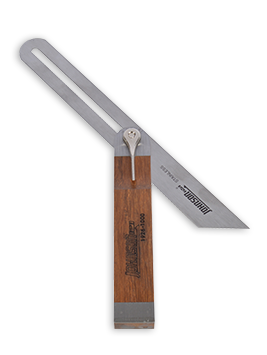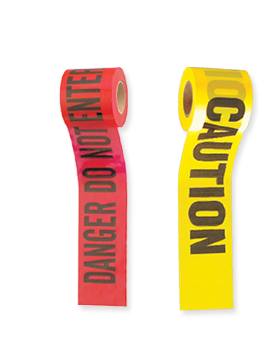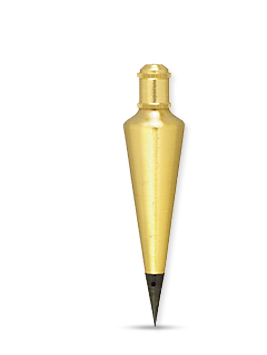Glossary of Laser Level Terms
ACCURACY
The tolerance of the laser beam at a certain distance from the tool (i.e. ± ¼" per 100'). This indicates how far the beam may deviate from 'perfect' measurement.
APERTURE
The location from which laser light is emitted from the laser tool.
AUTO-LEVELING
A method where the tool levels itself electronically, using a number of small servo-motors.
CALIBRATION
A procedure for bringing the accuracy of the laser to within it's factory specifications.
IP CLASS
IP classes refer to the items level of protection against dust and water. IP is the international designation, NEMA is the US designation. The IP code consists of two digits for the degree of protection. The 1st number indicates protection against the contact of external solid bodies and against access to dangerous parts. The 2nd number indicates the protection against penetration of liquids. The higher the number, the less dirt and dampness intrudes into the casing. For example: IP 54 is dust and water resistant, IP 67 is dust and water proof.
LASER
A device that produces an intense, coherent, directional beam of light by stimulating electronic or molecular transitions to lower energy levels; an acronym for Light Amplification by Stimulated Emission of Radiation.
LASER CLASS
Classes as defined by the 'American National Standard for Safe Use of Lasers' for all types of laser systems. This system classifies laser devices according to their relative hazards and then specifies appropriate controls for each class.
- Class I: usually under 0.4mw - exempt from radiation hazard controls. Class 1A: between 0.4mw and 4.0mw, based on 1000 second exposure-applies only to lasers not intended for viewing (supermarket laser scanner).
- Class II: Low power visible laser that emit above Class I levels but at a radiant power not above 1mw. - Limited controls.
- Class IIIA: Intermediate power lasers between 1 - 5mw.
- Class IIIB: Moderate power lasers; 5-500mw, specific controls are recommended.
- Class IV: High power lasers, 500mw, are hazardous to view under any condition.
LASER DIODE
A semiconductor device that produces coherent radiation (in which the waves are all at the same frequency and phase) in the visible or infrared (IR) spectrum when current passes through it. Laser diodes are used in optical fiber systems, compact disc (CD) players, laser printers, remote-control devices, and intrusion detection systems. In short it is a "Laser Light Producing Electronic Device" and is also known as an injection laser or diode laser.
Laser diodes differ from conventional lasers, such as the helium-neon (He-Ne), ruby, and gas types, in several ways:
- Small size and weight: A typical laser diode measures less than one millimeter across and weighs a fraction of a gram, making it ideal for use in portable electronic equipment.
- Low power requirements. Most laser diodes require only a few milliwatts of power at 3 to 12 volts DC and several milliamperes. Therefore, they can operate using small battery power supplies.
- Low intensity: A laser diode cannot be used for spectacular purposes such as burning holes in metal, bringing down satellites, or blinding aircraft pilots. Nevertheless, its coherent output results in high efficiency and ease of modulation for communications and control applications.
- Wide-angle beam: A laser diode produces a "cone" rather than a "pencil" of visible light or IR, although this "cone" can be collimated using convex lenses.
LEVEL
A horizontal laser reference plane perpendicular to gravity.
MANUAL LEVELING
A method of leveling the tool with the aid of bubble vials and adjusting screws.
MILLIWATT
A measurement of laser light power (i.e. 5mw).
NANOMETER
A measurement of the wavelength of light emitted by a laser diode (i.e. 635/650nm).
SCAN MODE
A feature on some rotary lasers whereby the laser scans back & forth between two points instead of rotating in a continuous 360º circle in order to create a laser chalkline.
SELF LEVELING
A method of leveling a laser level using a gimbel mounted diode attached to a pendulum.
VISIBLE RANGE
The distance away from the laser level at which you can still see the beam (i.e. 100').
WAVELENGTH
In physics, wavelength is the distance between repeating units of a propagating wave of a given frequency. Examples of wave-like phenonomena are light, water waves, and sound waves. In a laser, the wavelength of the light emitted is an indication of the color of the beam. Our GreenBrite® lasers have a wavelength of about 532 nanometers, while the more common red lasers are generally in the 640 nanometer range.
©2010 Johnson Level & Tool Mfg. Co., Inc.

